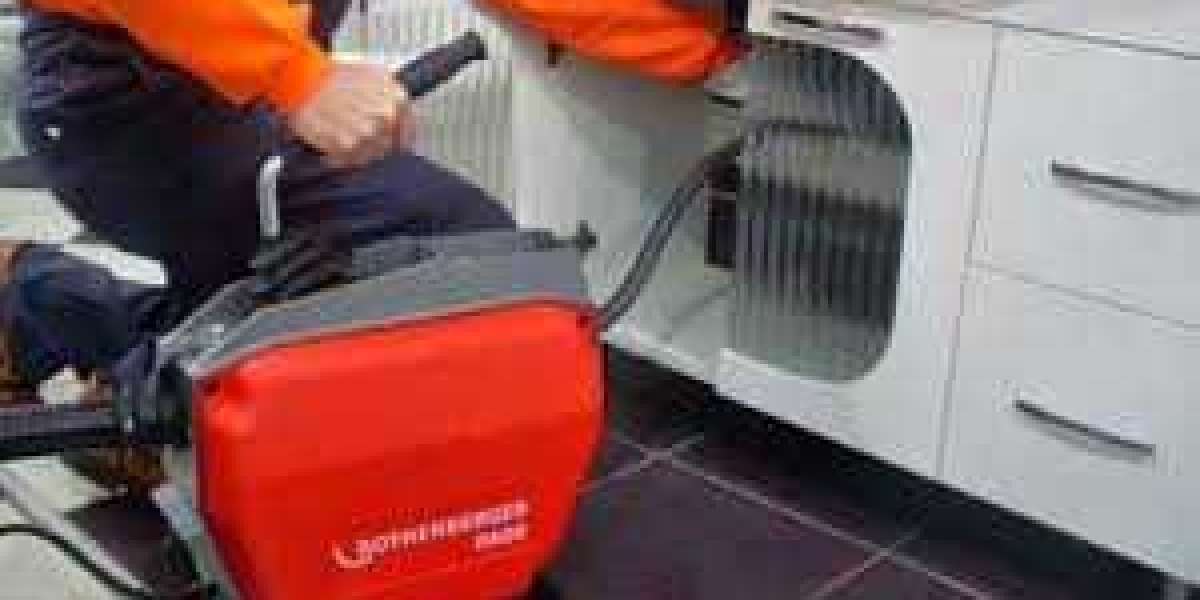The healthcare industry is constantly evolving, with innovations aimed at improving patient care and operational efficiency. One such innovation is the advent of composite modular beds. These beds are revolutionizing hospital environments by offering a range of benefits that traditional beds simply cannot match. In this blog post, we will delve into the advantages of composite modular beds in the healthcare industry, exploring how they enhance patient care, streamline hospital operations, and contribute to overall healthcare improvements.
Enhanced Patient Comfort and Safety
One of the primary benefits of composite modular beds in the healthcare industry is the enhanced comfort and safety they provide to patients. These beds are designed with advanced materials that offer superior support and cushioning, reducing the risk of bedsores and other complications. Additionally, the modular design allows for easy adjustments to accommodate different patient needs, ensuring optimal comfort and safety. For example, a patient recovering from surgery can benefit from a bed that adjusts to various positions, aiding in pain management and recovery.
Improved Infection Control
Infection control is a critical concern in healthcare settings, and composite modular beds play a significant role in addressing this issue. The materials used in these beds are often antimicrobial, reducing the risk of infections spreading within the hospital. Furthermore, the modular design allows for easy disassembly and cleaning, ensuring that every component can be thoroughly sanitized. This is particularly important in high-risk areas such as intensive care units, where maintaining a sterile environment is paramount.
Operational Efficiency and Flexibility
Composite modular beds offer significant advantages in terms of operational efficiency and flexibility. Their modular nature means that they can be easily reconfigured to meet the changing needs of the hospital. For instance, during a surge in patient admissions, these beds can be quickly adapted to create additional capacity. This flexibility extends to maintenance as well; individual components can be replaced or upgraded without the need to replace the entire bed, resulting in cost savings and reduced downtime.
Environmental Sustainability
Another noteworthy benefit of composite modular beds in the healthcare industry is their contribution to environmental sustainability. The materials used in these beds are often recyclable, reducing the environmental impact of hospital waste. Additionally, the durability of composite materials means that these beds have a longer lifespan compared to traditional beds, further reducing waste and the need for frequent replacements. Hospitals committed to sustainability can thus benefit from incorporating composite modular beds into their facilities.
Cost-Effectiveness
While the initial investment in composite modular beds may be higher than traditional beds, the long-term cost savings are substantial. The durability and ease of maintenance of these beds mean that hospitals can save on replacement and repair costs. Moreover, the improved patient outcomes associated with enhanced comfort and safety can lead to shorter hospital stays and reduced healthcare costs overall. In this way, composite modular beds represent a cost-effective solution for modern healthcare facilities.
Conclusion
In conclusion, the benefits of composite modular beds in the healthcare industry are manifold. From enhancing patient comfort and safety to improving infection control, operational efficiency, and environmental sustainability, these beds offer a comprehensive solution to many of the challenges faced by modern hospitals. As the healthcare industry continues to evolve, the adoption of composite modular beds is likely to become increasingly widespread, driving improvements in patient care and hospital operations. By embracing this innovative technology, healthcare providers can ensure they are well-equipped to meet the demands of the future.








